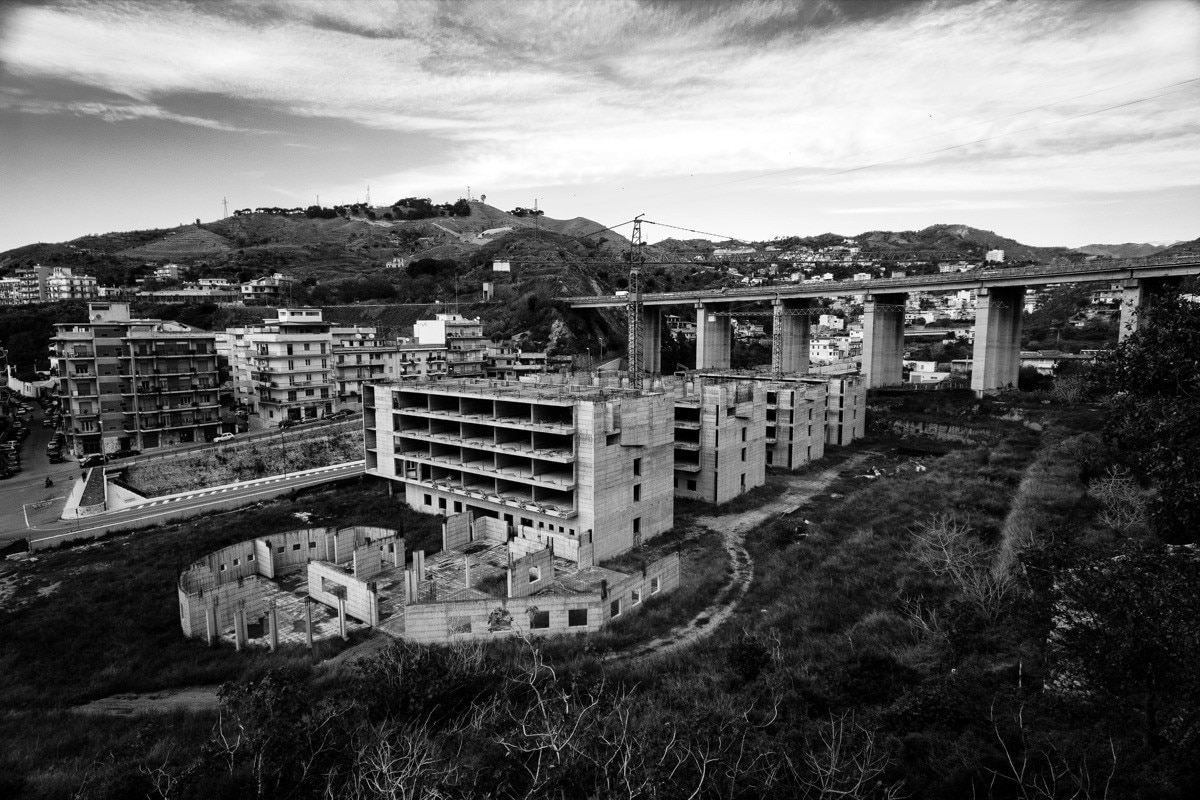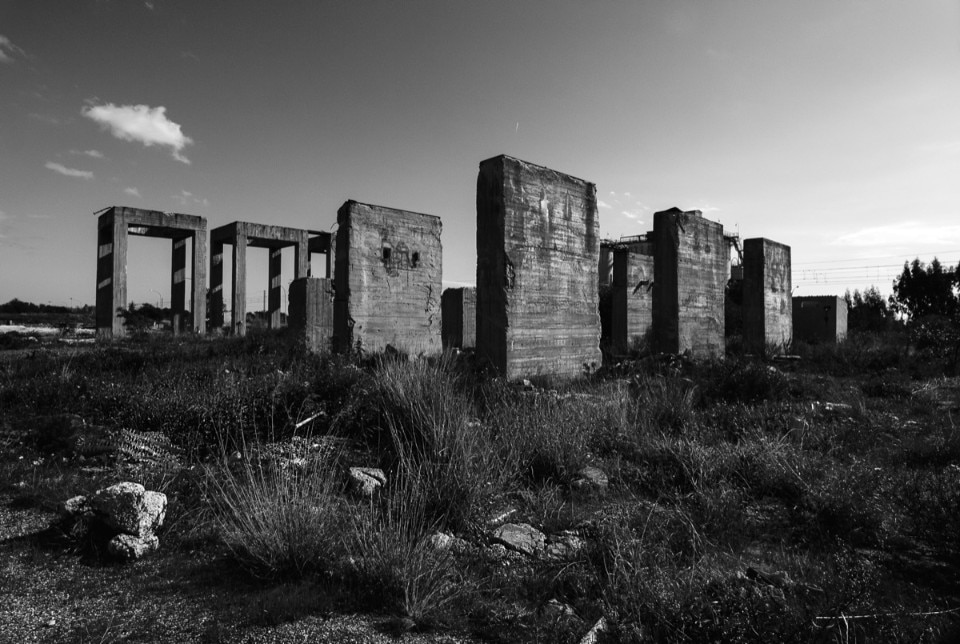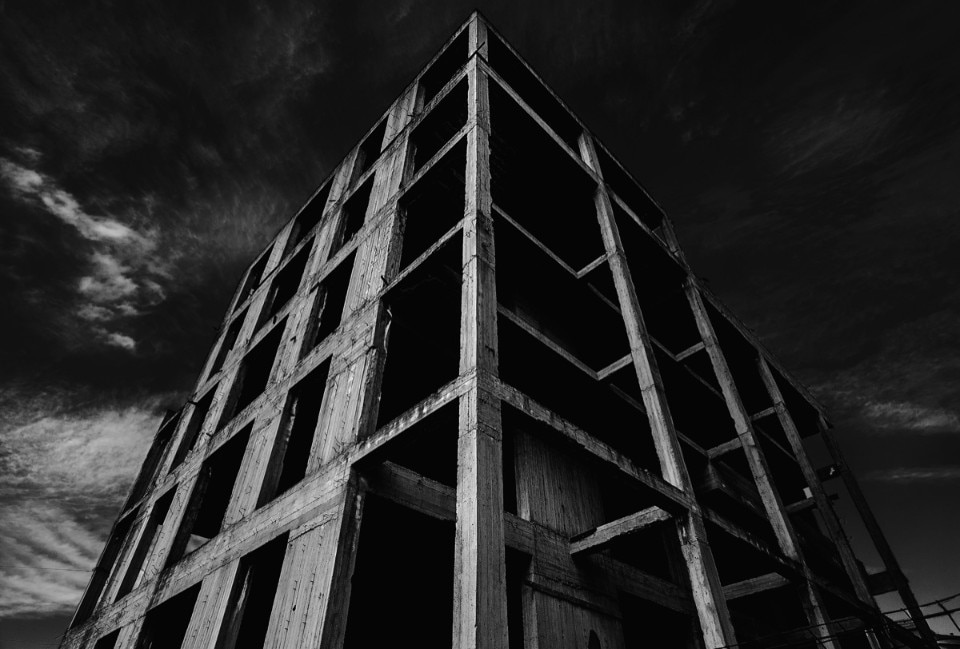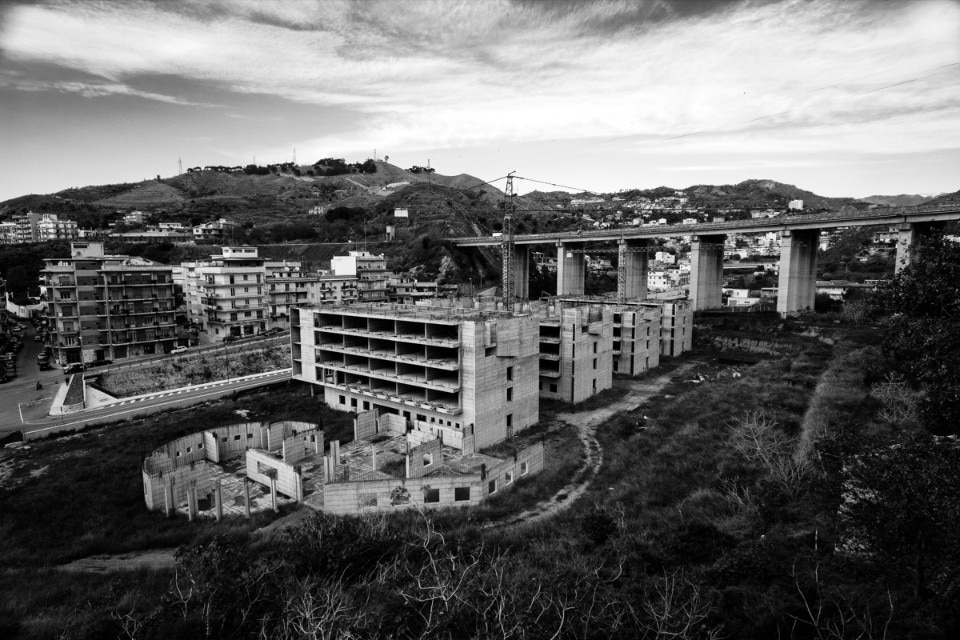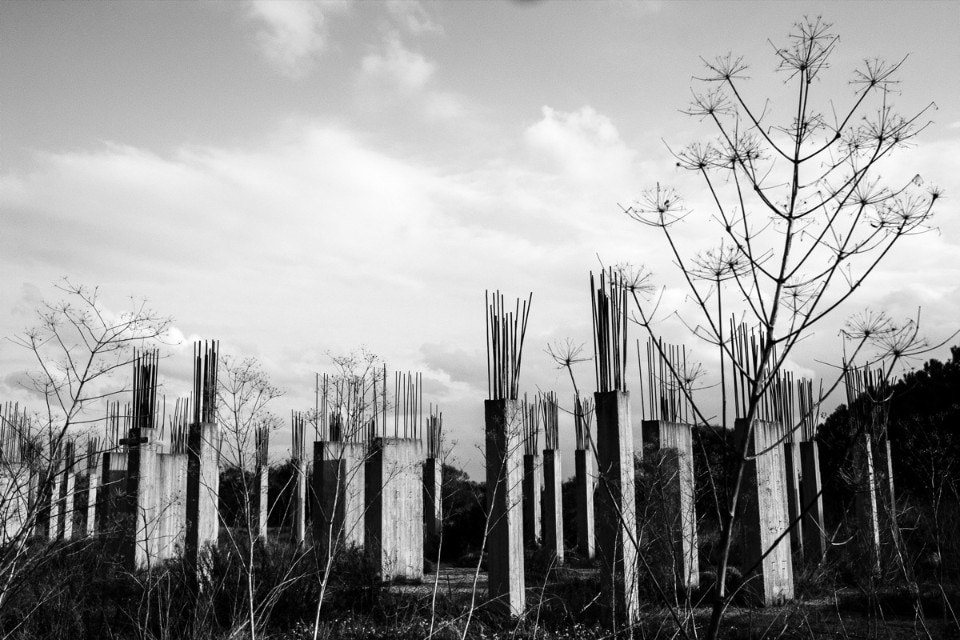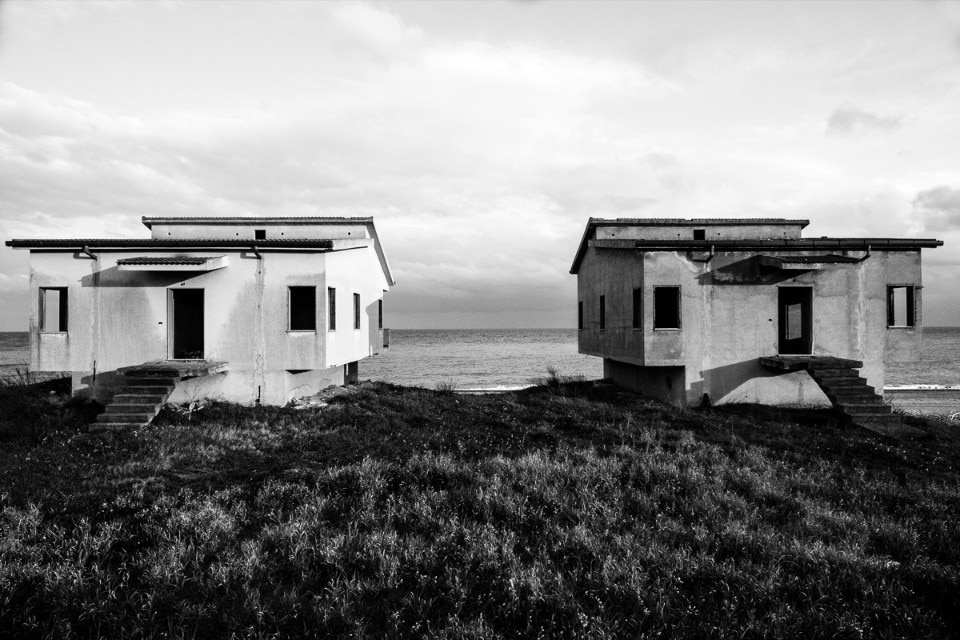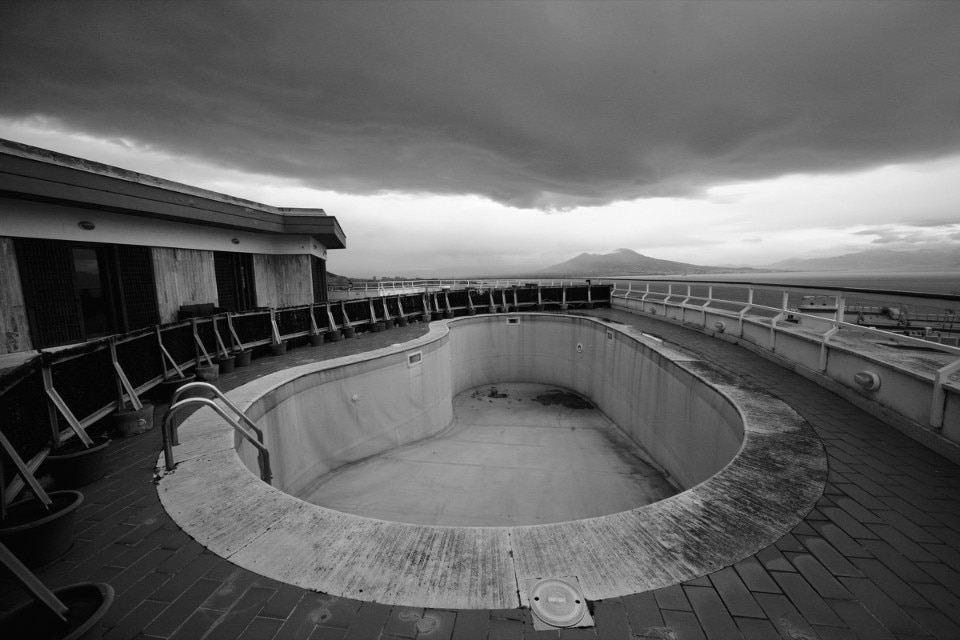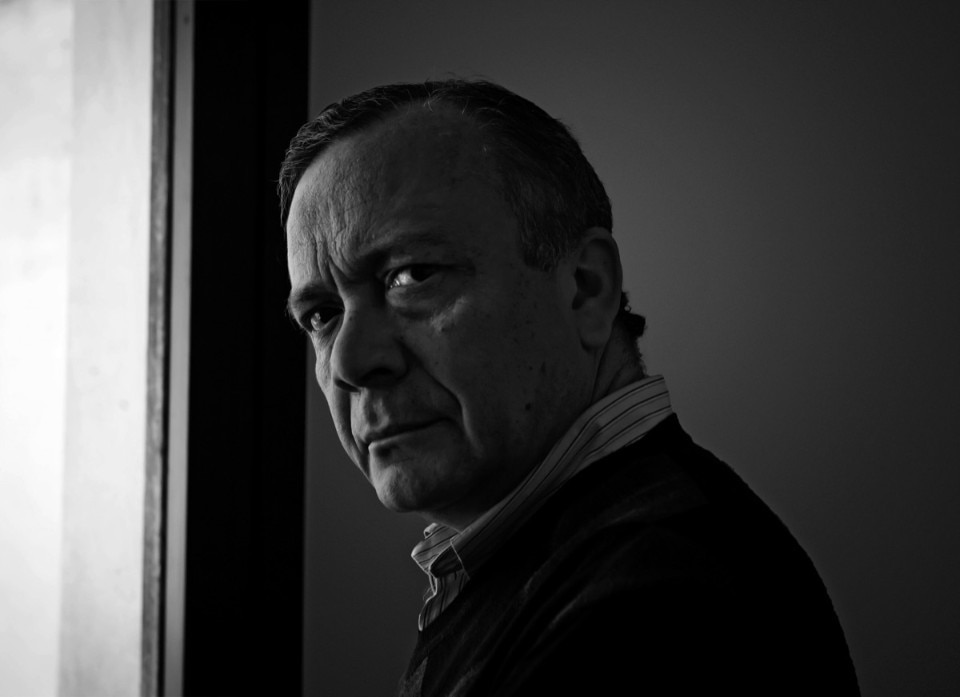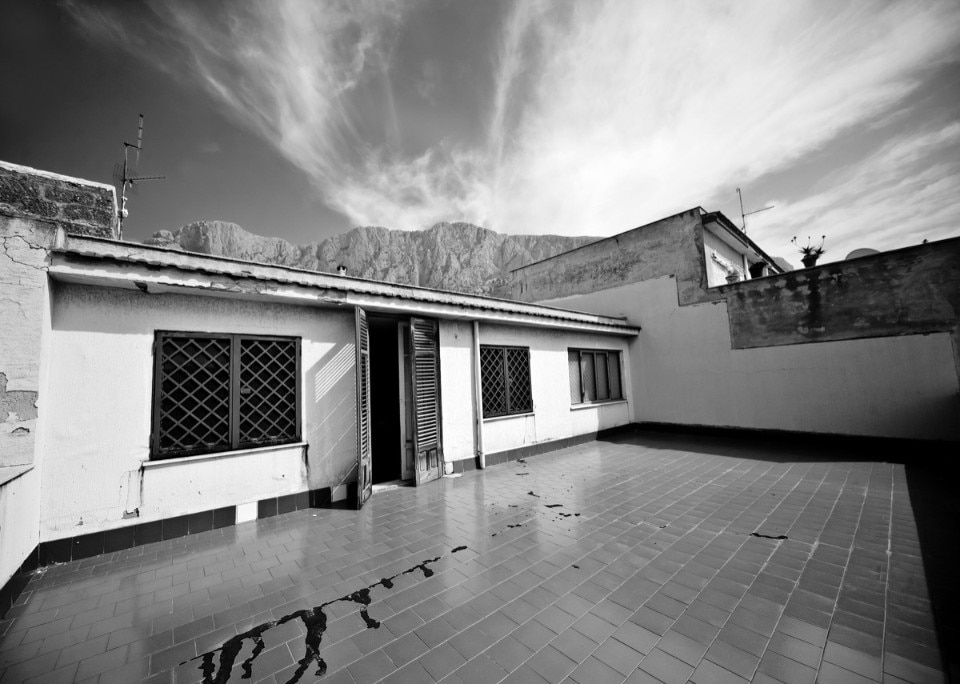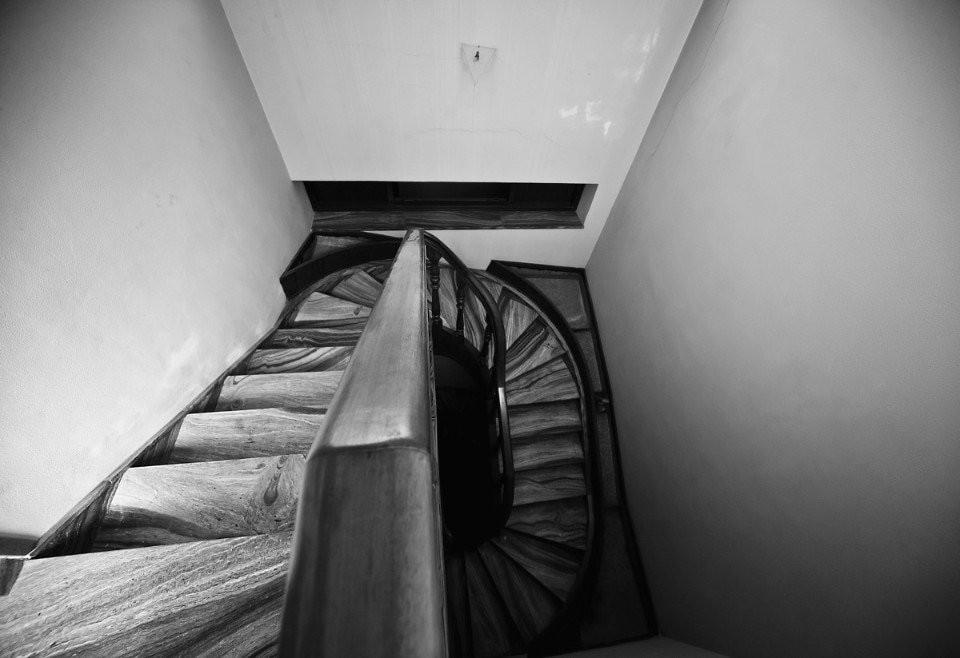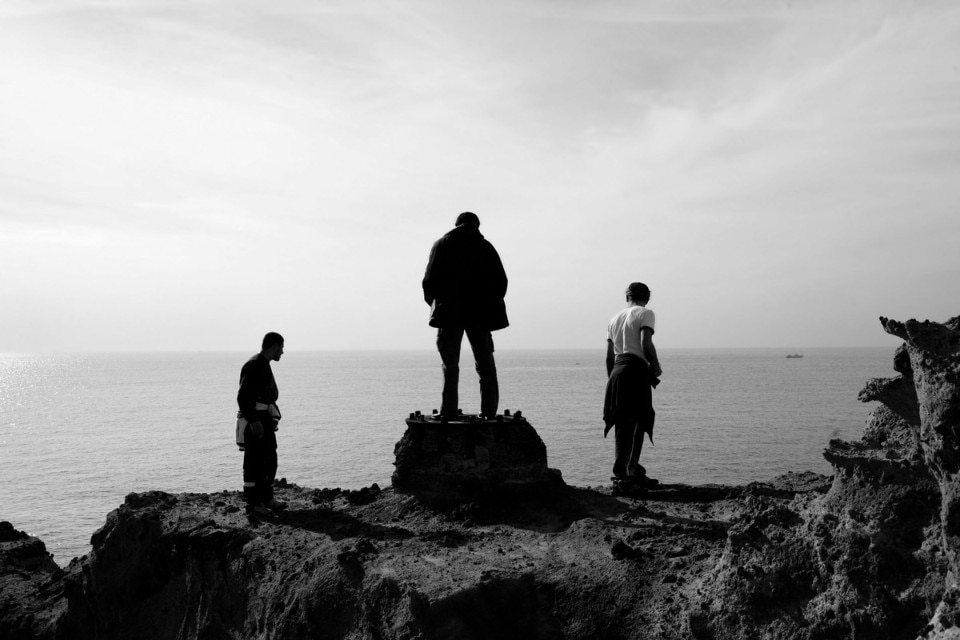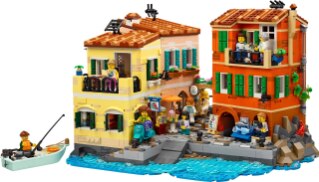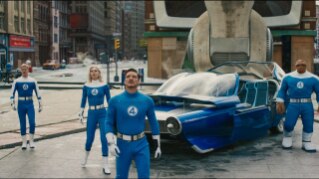A brave journey that is the result of ten years of photographic research accompanied by words and deeds that put illegal acts in close relation with people and the degradation of built landscapes: silent faces immersed in surreal atmospheres that, in part, have determined their destiny. A brave journey indeed, because the photographs and portraits you will see in this book address important issues, such as mafia and crime in general, which are not easy to tell, let alone photograph. The images and words come in harmonious succession, paying close attention not to create false myths, as it all too often happens, and at the same time to portray a reality that speaks for itself, leaving the reader the role of judge.
As the author Adelaide Di Nunzio explains: “I first had this idea in 2015, when I moved to Turin to work on a few educational projects on the harmony of the landscape and the concept of care. During this experience, I realized I wanted to create a work on the landscape, and I noticed that, in my previous years’ photo reports, I had already taken a large number of photos of the architecture in Southern Italy. The images ranged from confiscated mafia buildings to abandoned and unfinished structures and squat buildings,” she continues: “I have reflected a lot on crime, in fact I have not only identified this concept with the mafia but also with unfinished structures and illegal building: everything that creates degradation and does not pay attention to people and landscape care is criminal. That’s why I decided to open a window on humanity, because people are part of the landscape, too”.
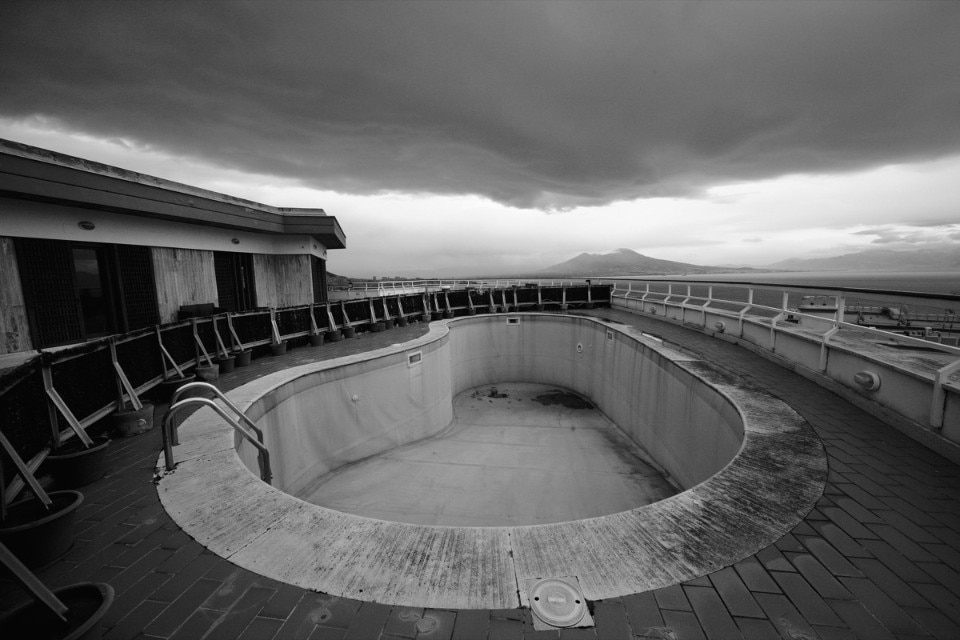
Her words, which can be read at the beginning of the book, show that hers is not only a research project but also a first-person story. “I was born in Naples, a multi-faceted land that wears many masks, a Babylon of stories, smells and images. The city is built from the bowels of the earth, where tunnels of tuff, water, submerged rivers and invisible cities are hidden. On the surface appear ancient and modern buildings, streets and alleys, dilapidated structures, but also works of contemporary architecture. To divide the two worlds, a veil of piperno, a stone that comes from the fiery belly of the god Vesuvius.... Sometimes this lava mantle is stained with blood; during the day it is of a faded orange colour, but at night it becomes a pitch-black paint”. Her words slip into the images alternating among stories lived in first person and stories yet to tell with a cultured simplicity that distinguishes the author throughout the whole book. Page after page, the images drag you into her story: the abandoned architectures that reveal the “fall of the gods”, walls, pillars, abandoned houses that speak of illegal building, shady intrigues that have contributed to creating a landscape made of unfinished things and useless buildings, a landscape that today Nature seems to be taking back while denouncing the abuse it has suffered. Silent screams in the landscape flanking the faces, portraits and photographs that immortalize, in a still image, suffering and courage.
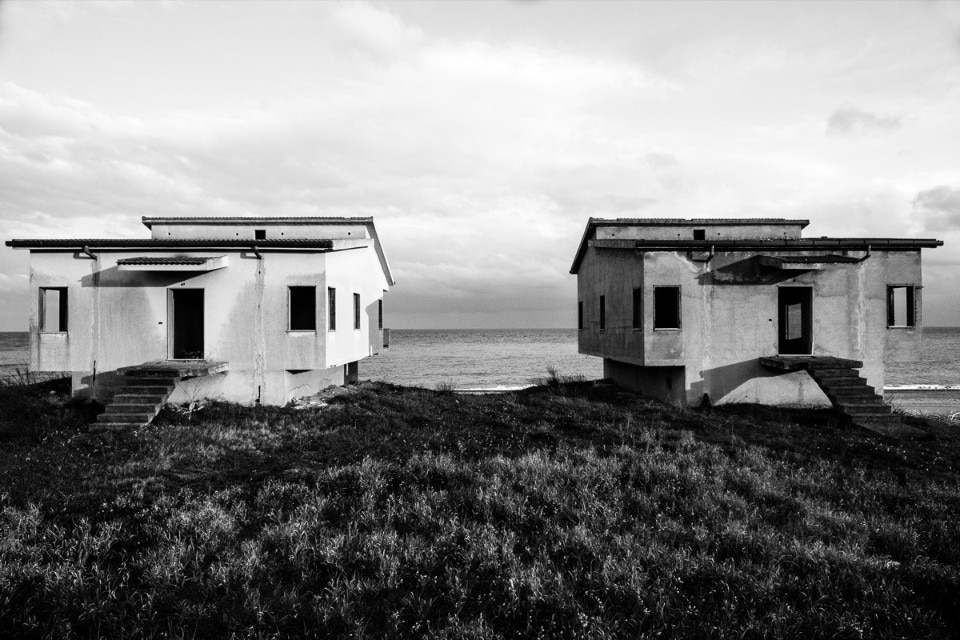
A difficult and involving journey. “To shoot a portrait does not just mean to take a picture or see the person while imagining them under the best light. The process is different: I don’t know if I could have shot these portraits without knowing their lives. I tried to portray their stories through the photographic image,” says the author. The protagonists parade in front of us: the architecture, the ruins, the looks, the faces, the groups. All in black and white because, as Adelaide points out, “light comes out of black”. And so, the images taken in Campania, Calabria, Apulia and Sicily, among confiscated mafia villas and unfinished and abandoned works, are revealed among the pages.
A book that highlights a reflection: “Where there is no attention to the landscape, there is criminality, whether it be people or architecture. So, I’m not aiming at a sensationalist type of communication, but rather at a cultured one, which speaks of the territory with an anthropological and strongly aesthetic aim. My editorial project is a work of denunciation, that analyses the Italian society and territory, moving away from sensationalistic news: it delves deep into the issue, and tries to understand the reason of this self-harming and brutal phenomenon”.
A book that makes you think, a book to look at calmly, taking the time to dwell on portraits and architectures. You should not leaf through it distractedly: the images are stories that go beyond words. It would be a pity not listening to them.
- Book title:
- Architetture Criminali
- Photographs and stories:
- Adelaide di Nunzio
- Preface:
- Petra Reski Editing
- Photo editing:
- Marialuisa Plassmann
- Editorial revision:
- Diego Nuzzo and Fatima Raja
- Post Scriptum:
- Antonio Vesco
- Format:
- 16,5x24cm (vertical)
- Pages number:
- 128
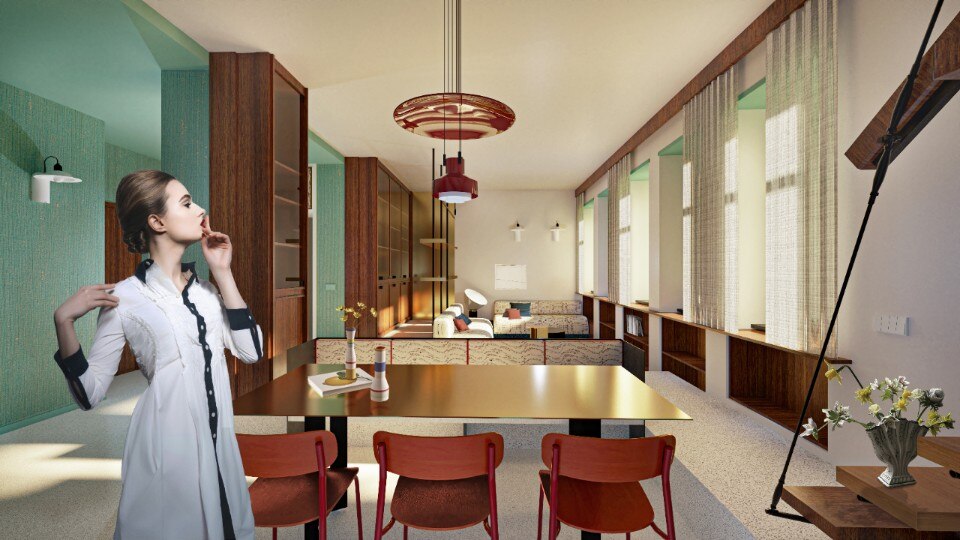
For a new ecology of living
Ada Bursi’s legacy is transformed into an exam project of the two-year Interior Design specialist program at IED Turin, unfolding a narrative on contemporary living, between ecology, spatial flexibility, and social awareness.


